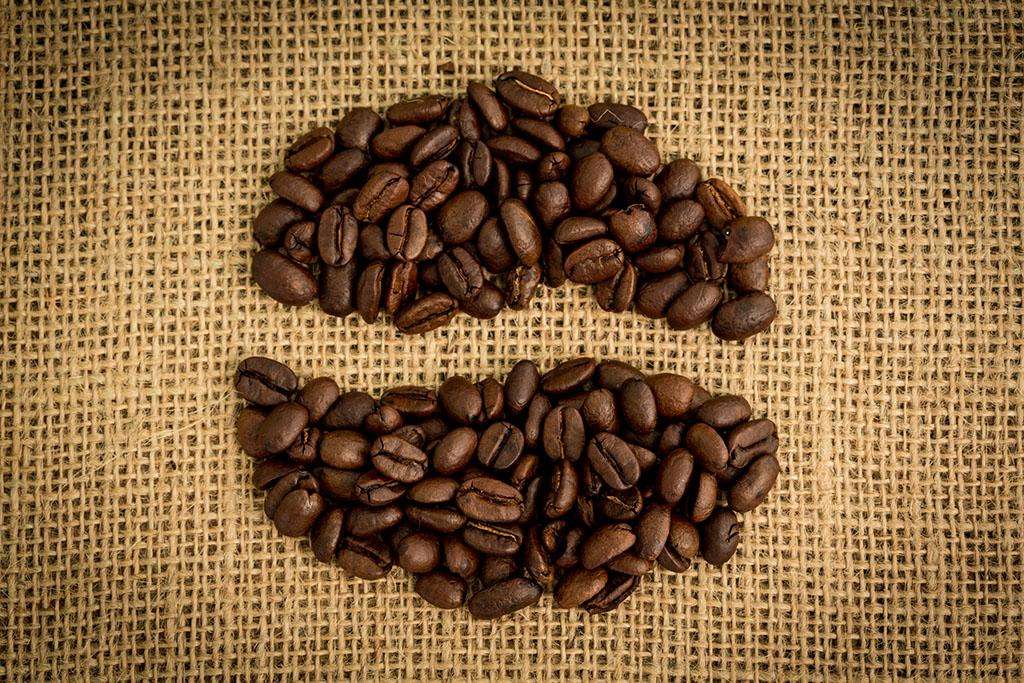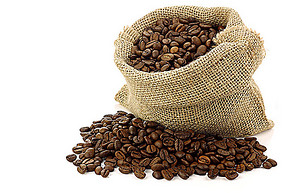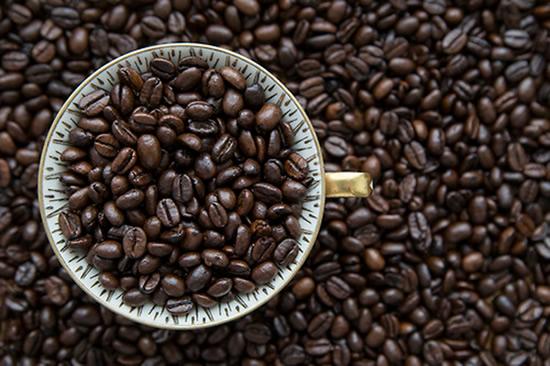Which kind of coffee is the best in Peru
Pay attention to coffee reviews (Weixin Official Accounts vdailycom ) and find a beautiful cafe to open your own shop
Peru is located in the west of South America, with a coastline of 2254 kilometers. The Andes runs through the north and south, and the mountains account for 1/3 of the country's area. They belong to the tropical desert area and have a dry and mild climate. Peruvian coffee is mostly grown at the foot of the Andes, where it is rich in quality traditional Central American coffee beans.

Peru is a huge and diverse land area where they can produce a large variety of coffee beans, and Peru produces very good Peruvian coffee. Overall, these beans have a Central American sheen but are packaged with South American flavors. Quality organic grounds do have more of a rustic coffee flavor. As long as the beans keep adding flavor that interests people rather than weakening it. This cup of Peruvian coffee has all the brightness and depth of taste. When a cup of regular Peruvian coffee is in your hand, you don't have to try to taste whether it's good or not.
Peruvian coffee beans are most famous for coffee beans produced in Chancha Mayo in the middle and Cuzco in the south. In addition, there are also some areas in northern Peru that produce organic coffee. Organic coffee is coffee beans grown in the shade. Although the method of growing coffee beans under shade makes the yield not high, the quality can reach the level of gourmet coffee. This is because shade under trees slows the ripening of coffee trees, helps coffee to grow fully, makes it contain more natural ingredients, fosters better flavors, and reduces caffeine content.
Peru's coffee cultivation is planned, which greatly increases coffee production. Its rich acidity and mellow smoothness are its most striking features. Peruvian coffee has a mild acidity, medium texture, taste and aroma quite good, is an indispensable ingredient in the production of mixed coffee. Excellent Peruvian coffee, rich aroma, smooth taste, structured, rich sweet, and contains elegant mild acidity, will quietly wake up your taste buds.
Peru is an internationally renowned high-quality coffee producing area. No matter what the grade of its producing area is, all of its producing areas are organically grown Arabica coffee beans, without organic compound fertilizers and pesticides (the main coffee farmers are too poor to use). The general fertilizer comes from rotten or poorly grown coffee cherries.
What are the most famous coffee brands?
Brazil: Santos, Bahia, Cerrado, Mogiana
Peru: Chanchmayo, Cuzco, Norte, Puno
Democratic Republic of the Congo: Kivu, Ituri
Rwanda: Kivu
Kenya: Kenya AA
India: Malabar, Karnataka, Tellichery
Yamen: Mocha Sanani, Mattari
Indonesia: Java, Mandheling, Ankola, Kopi Luwah
Mexico: Coatepec, Huatusco, Orizaba, Maragogype, Tapanchula, Huixtla, Pluma Coixtepec, Liquidambar MS Panama: Boquet, Cafe Volcan Baru
Uganda: Elgon, Bugisu, Ruwensori
Zambia: Kasama, Nakonde, Isoka Dominican Republic: Barahona
El Salvador, Pipil, Pacamara
Tanzania: Kilimanjaro Puerto Rico: Yauco Selecto, Grand Lares Yauco
Colombia: Armenia Supremo, Narino, Medellin
Ethiopia: Harrar, Djimmah, Sidamo, Lekempti
Guatemala: Antigua, Huehuetenango
Costa Rica: Dota, Indio, Tarrazu, Tres Rios
China: Yunnan Coffee, Hainan Coffee
Taiwan: Gukeng Coffee, Dongshan Coffee, Dawushan Coffee, Zhushan Coffee (Lugu)
Cuba: Cubita, Turquino Hawaii: Kona
Jamaica: Blue Mountain
East Timor: Maubbessee
Cameroon: Bamileke and Bamoun
Burundi: Ngozi Angola: Ambriz, Amborm, Novo Redondo
Zimbabwe: Chipinge
Mozambique: Manica
Ecuador: Galápagos, Gigante
Venezuela: Montebello, Miramar, Granija, Ala Granija Nicaragua: Jinotega, Nuevo Segovia
This is a summary of coffee producing areas.
Among them, the three most famous brands in the world are:
Blue Mountain Coffee/Poop Coffee/Hu Jue Coffee
Blue Mountain Coffee(Blue Mountain Coffee) is a popular coffee, only produced in the Blue Mountains of Jamaica in Central America, and only coffee grown in the Blue Mountains above 1800 meters can be authorized to use the logo of "Jamaica Blue Mountain Coffee," accounting for 15% of the total production of Blue Mountain Coffee in Jamaica. Coffee grown between 457 and 1524 meters above sea level is called alpine coffee, and coffee grown between 274 and 457 meters above sea level is called Jamaica coffee. Blue Mountain coffee has mellow, bitter slightly sweet, soft smooth characteristics, and slightly sour, can make the taste sense more sensitive, taste its unique taste, is the best coffee.
Cubita Coffee also has a high reputation in the coffee industry. Cuban Crystal Mountain Coffee ranks among the top in the world. Crystal Mountain is adjacent to the Blue Mountains of Jamaica. Its climatic conditions are similar, comparable to Jamaica Blue Mountain Coffee. Cubita adheres to the principle of perfect coffee, only making single-serve coffee, picking coffee beans by hand, plus washing coffee beans to ensure the quality of coffee. Cubirta is like an elegant princess, with noble, tender and elegant characteristics. Excellent balance, bitter and sour very good combination, in the taste will have a delicate smooth, refreshing and elegant feeling. Cuban Embassy designated coffee, known as the unique Caribbean flavor coffee.
Kopi Luwak(cat feces coffee) is a recently invented coffee, produced in Indonesia, coffee beans are one of the food range of civets, but coffee beans cannot be completely digested by the digestive system, coffee beans are fermented in the civets stomach, and discharged through feces, local people take coffee beans out of civets feces and then do processing, that is, the so-called "cat feces" coffee, this coffee taste unique, taste different, but people used to this taste will never forget, Due to the gradual deterioration of the wild environment, the number of civet cats is slowly decreasing, resulting in a very limited production of this coffee. Those who can taste this coffee are quite lucky.
Important Notice :
前街咖啡 FrontStreet Coffee has moved to new addredd:
FrontStreet Coffee Address: 315,Donghua East Road,GuangZhou
Tel:020 38364473
- Prev

2017 Yunnan coffee beans offer
Pay close attention to the coffee comment (Weixin Official Accounts vdailycom ) and find that the emerging markets with faster coffee growth, such as China and Russia, will grow by 4% to 4.5% annually, while the traditional market will grow by 1% to 1.5%. Yunnan is unlikely to catch up with Brazil's Minas Gerais state, the world's number one coffee producer, anytime soon in terms of bean production. But in the face of drought
- Next

How about Peruvian coffee beans and Peruvian organic coffee?
Following caf é (Wechat official account vdailycom) found that the Cafe Beautiful Cafe opened a small shop of Peruvian coffee beans, which is most famous for its coffee beans from Mayou tea in the center and Cusco in the south. In addition, there are also some regions in northern Peru that produce specialty organic coffee. Organic coffee is made of beans grown in the shade of trees. Although the square planted in the shade of the tree
Related
- Detailed explanation of Jadeite planting Land in Panamanian Jadeite Manor introduction to the grading system of Jadeite competitive bidding, Red bid, Green bid and Rose Summer
- Story of Coffee planting in Brenka region of Costa Rica Stonehenge Manor anaerobic heavy honey treatment of flavor mouth
- What's on the barrel of Blue Mountain Coffee beans?
- Can American coffee also pull flowers? How to use hot American style to pull out a good-looking pattern?
- Can you make a cold extract with coffee beans? What is the right proportion for cold-extracted coffee formula?
- Indonesian PWN Gold Mandrine Coffee Origin Features Flavor How to Chong? Mandolin coffee is American.
- A brief introduction to the flavor characteristics of Brazilian yellow bourbon coffee beans
- What is the effect of different water quality on the flavor of cold-extracted coffee? What kind of water is best for brewing coffee?
- Why do you think of Rose Summer whenever you mention Panamanian coffee?
- Introduction to the characteristics of authentic blue mountain coffee bean producing areas? What is the CIB Coffee Authority in Jamaica?

